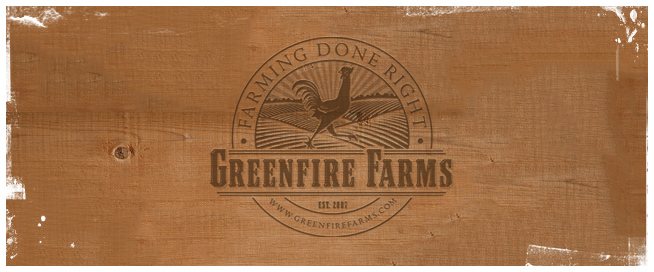A Darwinian Sort
Friday, May 14, 2010
Both my wife and some of the greatest evolutionary biologists of our era have wrestled with the same vexing question: Why, exactly, do males exist? When you think about, from a resource perspective, it is very expensive to have males around, and not just because we waste money on sketchy pay-per-view movies. (Escape from New York works on so many levels.) The genetic and evolutionary theories of Mendel and Darwin do little to explain the existence of two genders. Why gender exists --indeed, why sex exists-- is one of the most debated and least understood mysteries of evolutionary biology.
Females have an obvious reproductive value. They produce eggs, nurture them, and more often than not take the brunt of raising their offspring. But for most species, one male can more or less simultaneously produce offspring with many females. And yet, despite the need for only a few males, species expend an extraordinary amount of their energy and resources producing about half their kind as males, most of them destined to be unused in siring offspring. From an evolutionary biologist's view, this makes about as much sense as Ford Motors producing a million trucks, only to immediately send almost half of the new trucks to the junk yard while they still have their window stickers. Why the waste?
Most of the theories that have developed to explain the overwhelming advantages of a system that seems so inherently inefficient revolve around the notion that creatures need to be able to quickly adapt to an everchanging environment. The greater the genetic variability --and having two parents as opposed to one increases genetic variability-- then the greater the adaptability of the organism, and thus the greater the survivability of the species. Maybe. But because the benefits of a two-gender system would only be experienced after many generations of adaptations, it doesn't very well explain how the system initially emerged or was sustained until it became useful.
Why this may seem very abstract, at Greenfire Farms, on a very practical level, we wrestle with this issue every day. We raise chickens, and like most species with two genders, about half the birds we hatch will be males. The problem with roosters --or the benefit if you happen to be the lucky rooster-- is that one rooster can service a large flock of hens. We have put as many as 17 hens with one pumpkin Hulsey rooster, and he managed to produce a fertility rate in the eggs of almost 100%. Most people who buy chickens understand this basic fact, and so we get a lot of requests to buy something like eight hens and only one rooster.
Chicken breeders have for decades been dealing with the inconvenience of unwanted surplus roosters. Let's face it, when you're producing hundreds of millions of eggs for grocery stores, you don't need roosters. On a commerical level, they take a very practical --that is to say, soulless-- approach to the problem. They identify the males as soon as they hatch and cycle the vast majority of them into killing machines. Hundreds of millions of male chicks are killed each year in the name of efficiency, some of them tossed live into grinders.
To avoid pursuing a similar strategy on a smaller scale, at Greenfire Farms we sell our birds two ways, neither of which requires us to kill males: we sell day-old chicks and juvenile pairs of birds. We don't sell trios (one male and two females) because the hidden cost of that transaction is that we would have to kill a male. While skeptics think we somehow secretly sex our chicks, we don't, and frankly, we don't know how to sex day-old chicks. (There is a mysterious art to vent sexing birds at that young age, and it is not one is which we are schooled.)
Of the chicks we hatch, about 10% to 20% depending on the breed will be retained on the farms as potential breeders for future generations. Of course, about half these will turn out to be hens and most of those will make it into the breeding program. The other half will be roosters, most of them unnecessary for the breeding program. We grow out all our roosters until we can determine which best reflect the breed standard, and those go into the breeding program. The roosters that don't make the grade are placed in a large open-topped pen, and once they get their bearings are eventually allowed outdoors to free-range. Once liberated, they spend most of their day scratching for bugs, chasing a few free-range hens, settling turf battles with other roosters, and dodging hawks. Between the hawks and the turf battles probably half the roosters live to old age. The others are not killed by us, but no matter where you go, Darwin does sort out the crowd.

 Cart:
Cart: 

